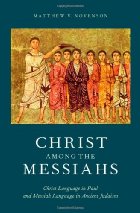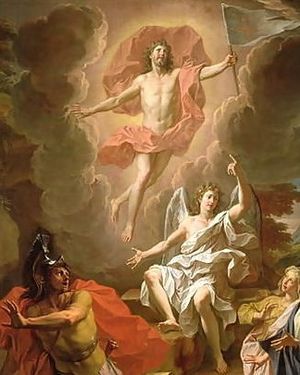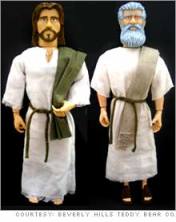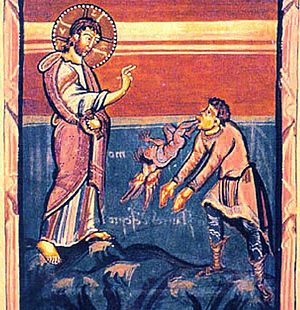*
Part II: The Mythicists’ Claims – One: A Problematic Record
.
.COVERED IN THIS POST:
- Admitting to problematic Gospels
- Gospel authors unknown
- Fallacious analogies:
- Obama’s birth certificate
- The Hitler diaries
- Clinton’s presidency
- George Washington
- Discrepancies and contradictions in the Gospels
- Radically different pictures of Jesus
- How much of the Gospels is fictional?
- Form criticism and the argument of Robert Price
- The criterion of dissimilarity: is it applicable in the Gospels?
- Doubly strong claims? — multiple attestation and dissimilarity:
- crucifixion
- brothers
- Nazareth
- P.S. Claim 2: Nazareth Did Not Exist
* * * * *
Chapter Six: The Mythicist Case: Weak and Irrelevant Claims
Claim 1: The Gospels Are Highly Problematic as Historical Sources
(Did Jesus Exist? pp. 177-190)
.
The present chapter will look at the typical arguments used by mythicists that are, in my judgment, weak and/or irrelevant to the question. (DJE? p. 177)
With that, Ehrman embarks on a direct attempt to discredit some of the arguments on which mythicists like myself base their contention that Jesus did not exist.
.
Problematic Gospels as Historical Sources
After allowing that the great number of manuscripts of the New Testament documents we possess, as compared to copies of other ancient writings, has nothing to do with whether they are reliable or not, Ehrman makes a pretty heavy set of admissions:
- we do not have the original texts of the Gospels, and there are places where we do not know what the authors originally said;
- the Gospels are not authored by the persons named in their titles (Matthew, Mark, Luke, and John) but were written by people who were not followers of Jesus but lived forty to sixty years later in different parts of the world;
- the Gospels are full of discrepancies and contradictions;
- the Gospels report historical events that can be shown not to have happened.
Moreover,
. . . even though the Gospels are among the best attested books from the ancient world, we are regrettably hindered in knowing what the authors of these books originally wrote. The problem is not that we are lacking manuscripts. We have thousands of manuscripts. The problem is that none of these manuscripts is the original copy produced by the author (this is true for all four Gospels—in fact, for every book of the New Testament). Moreover, most of these manuscripts were made over a thousand years after the original copies, none of them is close to the time of the originals—within, say, ten or twenty years—and all of them contain certifiable mistakes.
But in Ehrman’s view,
. . . for the question of whether or not Jesus existed, these problems are mostly irrelevant. (DJE? p. 180)
.
Inconsistent and contradictory Gospels
Well, let’s see. The Gospels do not agree in their wording, or in the inclusion of certain passages in all the extant copies? “So what?” Ehrman asks. It doesn’t matter, for example, if some copies of John are missing the pericope of the woman taken in adultery, this hardly has any bearing on whether Jesus existed or not.
Continue reading “23. Earl Doherty’s Response to Bart Ehrman’s Case Against Mythicism – Part 23”





